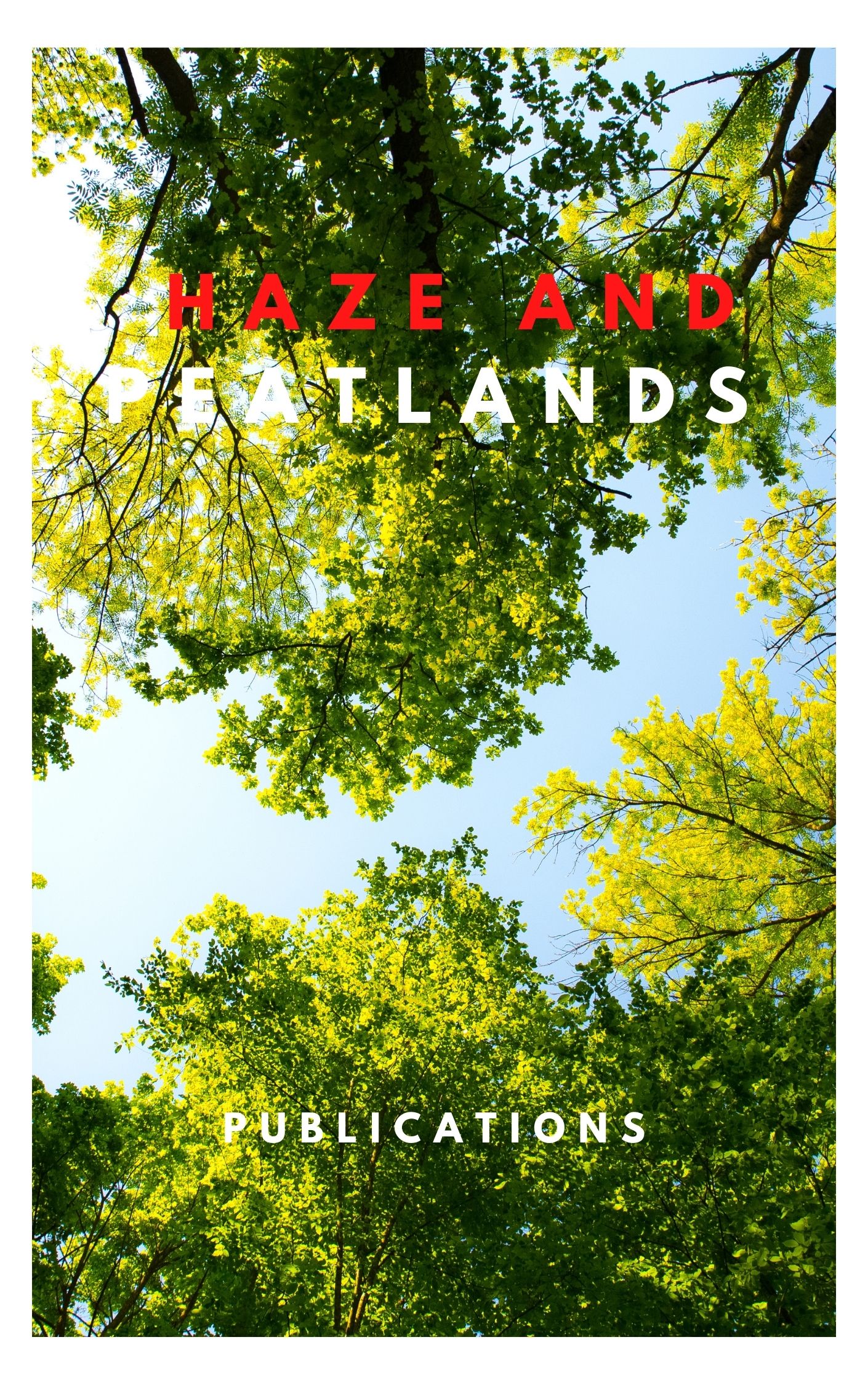The plot for the study on vegetation changes was established in a deforested area of the Maeklong Watershed Research Station, Kanchanaburi, western Thailand. The plot (100 x 400 m2) was divided into four hundred 10 x 10 m2 sub-quadrats. We found six major vegetation types in the sub-quadrats: bamboo, woody shrub, banana (Musa acuminata), and three grasses Eupatorium ordotarum, Arundo donax and Bothrichloa sp. types. The aboveground biomass (kg m-2) of each dominant vegetation type was measured as follows: 4.1 for the bamboo type, 7.6 for the woody shrub type, 0.84 for the banana type, 2.0 for the E. ordotarum type, 2.3 for the A. donax type, and 0.8 for Bothrichloa type. The changes in dominant vegetation types have been monitored from 1992 to 1995. In 1992, the percentages of dominance for E. ordotarum, woody shrub, and A. donax were 39%, 20%, and 17% respectively. The transition matrices were calculated from the replacement patterns of vegetation types in the same quadrats. The vegetation change projected using the transition matrices suggested that the bamboo areas will increase while the woody shrubs and E. ordotarum areas will decrease in the future. Total bimass changes, calculating from the project, show that the total biomass of this pilot will increase due to the accumulation of woody shrub biomass. However, frequent fire disturbance will largely influence the speed of biomass accumulation in the plot.
View source

